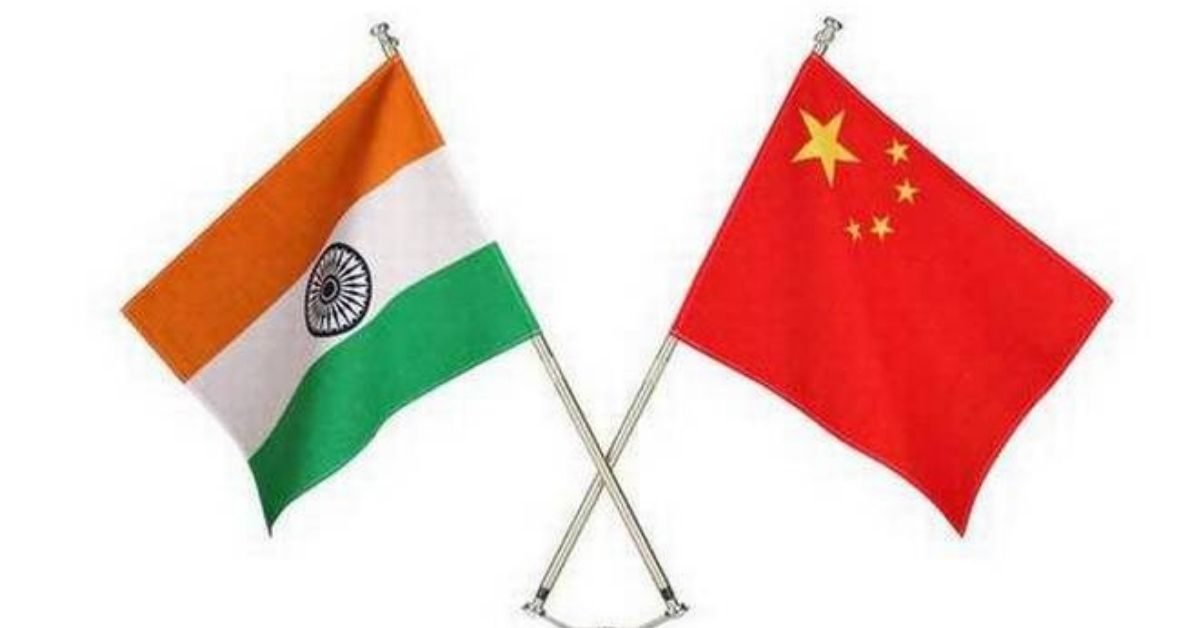PLI schemes for different sectors will help reduce dependence on imports over time, and technical regulations framed for products such as toys, electronics, chemicals and fertilizers will check sub-standard imports, says government official.
India’s trade equation with China has been improving in recent years with outbound shipments rising faster than imports, whose growth is being driven largely by vital raw materials and to meet demand from high-growth sectors such as telecom and power, a senior government official said.
China is one of India’s large trading partners, with trade flows between the two countries having grown 59% from about $72 billion in 2014-15, to hit $115.4 billion in 2021-22.
“Since India-China trade started picking up, the growth in exports to China has been much higher than the import growth,” a Commerce Ministry official told The Hindu.
From $11.9 billion in 2014-15, India’s exports to China had risen 78.1% to $21.25 billion last year, while imports stood at $94.16 billion, 55.8% over the $60.4 billion recorded in 2014-15. By contrast, imports from China had increased 192% between 2006-07 and 2013-14, when they had crossed$51 billion, he pointed out.
Intermediate goods account for more than a third of India’s imports from China, while capital goods constitute another 19.3%, with telecom and power sector equipment being the key drivers, which helped meet domestic demand in these fast-expanding sectors, the official said.
The major items of import from China are electronic components, computer hardware and peripherals, telecom instruments, organic chemicals, industrial machinery for dairy, residual chemicals and allied products, electronic instruments, bulk drugs and intermediates.
“India’s dependence on such Chinese goods can be attributed largely to the gap between the domestic production and demand, and China being a manufacturing hub and having price competitiveness due to economies of scale and subsidies provided by its government to Chinese industry,” the official noted.
The production-linked incentive schemes for different sectors will help reduce the dependence on such imports over time, even as technical regulations framed for products such as toys, electronics, chemicals and fertilizers will check sub-standard imports, he emphasised.








